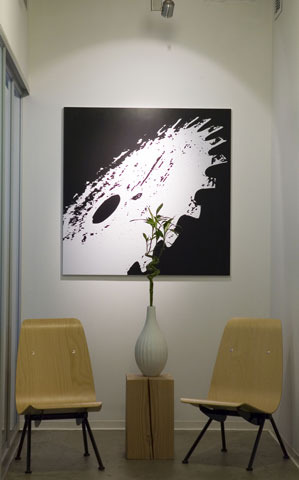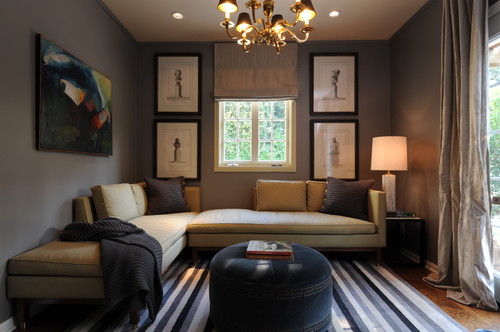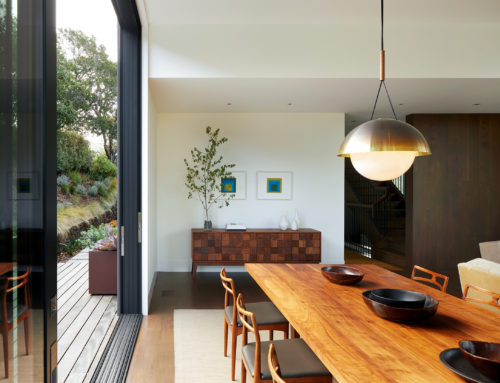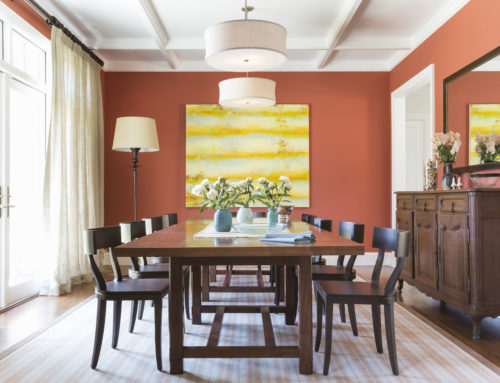Seven Rules for Lighting Your Home #1: Layer Your Three Lighting Types
by Alden Miller | July 10, 2013 | Design Lab
With this new series of blog posts, we are going to focus on the essentials of quality lighting design and fixture selection. Having a properly lit home makes a world of difference and allows a well furnished home to really shine. On many home remodel projects, interior designers and home owners will often rely on the expertise of specialized lighting designers to get the lighting right. The goals with lighting a home include making sure each space is well lit for the necessary tasks to happen there, the lights support the overall mood of each room and don’t distract, to prevent common lighting mistakes like installing too many switches and in the wrong places, the shadows cast by light sources are pleasing to the eye, and to prevent disproportionate fixture selection and placement. Whew! There is a lot that goes into a well lit home.
We will start the series with Rule #1: Layer Your Three Lighting Types.
Layer Your Lighting
Layering your lighting sources is the best way to achieve quality lighting. The easiest way to have layered lighting is to use all three types of lighting – ambient, accent, and task.
Try to apply ambient, accent and task lighting where you can, but don’t force getting all three into spaces where it’s not necessary. Layered lighting is achieved when the entirety of the room has an overall glow without daunting shadows, and there are pops of interest from beautiful fixtures or the brightness and shape of the glow. The three types can often be overlapped but it’s important not to confuse them. In the family room pictured, by Kenneth Brown, the recessed cans provide an overall glow while the ceiling chandelier doubles as a decorative element and assists in the ambient lighting. The elegant white table lamp is a nice decorative piece against the darker walls while also providing the necessary task lighting for someone reading a book in that corner.
The Three Different Kinds of Lighting
Ambient Lighting
Ambient lighting is also known as general lighting, as it gives the room an overall glow, essentially doing the job that sunlight does during the day. Nice, full ambient lighting is attained by well-spaced recessed or down lights, or a well-selected surface-mounted fixture. There is a common problem we see when there is just one central ceiling fixture in a room. In these scenarios the fixture is often selected more for its decorative features and not for how much light it gives off, leaving the room too dark during most times of the day. Always look at the wattage a fixture can support to keep this problem in check – if the fixture can support a high enough total wattage it may be able to sufficiently light the room. If the fixture has a low wattage then you know to consider adding additional light sources in the room.
Another problem you may have experienced in older homes with less central fixtures, is the attempt to light a room using only task lighting (lighting which focuses on a very specific, small area). This may get the job done in certain spots of the room, but leaves many dark corners and makes the room feel much smaller than it really is. Luckily, making sure every room has ambient lighting is common in most homes today. Unfortunately many people stop with their ambient light, not bothering to add other layers of light. This really makes a difference in the evenings when natural light is scarce, and happens to be when most people are actually spending time in their homes.

Accent Lighting
Accent lighting is the decorative touch that gives a room its polished look. Selecting and installing accent lighting is an important way to add beauty and visual interest to your home. It is the lighting that highlights the focal points in a room . . . there’s nothing that says “focus on this thing” better than a direct beam of light! As in a well-constructed painting, accent lighting draws the eye where you want it to go. This visual interest can come from an attractive fixture or directional ceiling or wall lights. For example, a chandelier can provide an accent over a dining table while down lights can illuminate something of interest like a piece of art or a decorative cabinet.

Task Lighting
Lastly there is task lighting. Task lighting is just what it sounds like – a focused light that’s great for putting a bright spotlight on an area used for a particular task. Common examples of task lighting are the lamp located next to a reading spot and a desk lamp. Task lights are most commonly used in living spaces like a living or family room with a floor or table lamp, but it’s also very important in places like a kitchen or laundry room. Under-cabinet lights are handy for these utility -related tasks and areas. Task lighting is very important for your vision and helping to maintain healthy eyes and preventing eye strain. Check out this post to see three of our favorite task lamps.
Up Next In Our Lighting Series. . .
In the next post in this series we will go into detail on how to choose the right kind of lighting for each situation. In the meantime, go get some sunshine!
Need Help?
If you are working on a remodel of a room, or rooms, in your home and would like help with the design (including lighting!), please contact us to learn more about our services and our areas of operation.






